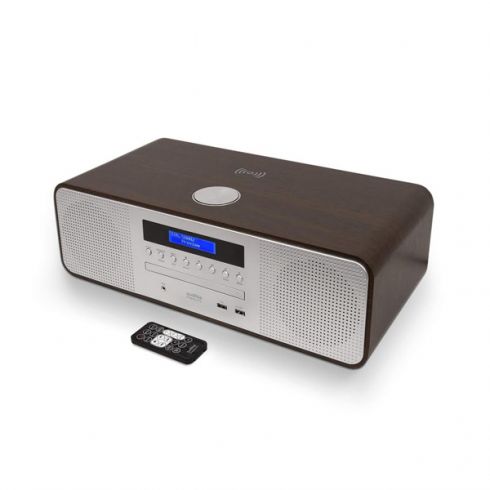
MUMBAI: Our lifestyles have changed into something we haven’t even thought about, our vocabulary has suddenly enriched with new words, concepts and acronyms like lockdown, social distancing, and work from home, for those who can.
Now work from home has become common for everyone who works. The same is true about the current intense virtual socializing, conference calling and distance learning many experiences.
According to the report, when schools closed down hundreds of thousands of children and older students started to use the internet intensely to continue their education. But to do so these students need a computer and access to broadband and secure connections. In addition, we are already experiencing the limitations of WFH. The broadband is not infinite, and neither is spectrum, a rare commodity indeed.
Netflix and Amazon are already trimming their offerings to save some bits. Providers are also asking us to use this precious commodity with care. Broadband itself is also of different grades, better when glass fiber than copper etc.
And then there is the physical laptop. What if your mother is distance teaching, your father is conference calling, you are distance learning and your siblings are just skyping friends? How many laptops does a household need? Maybe not all these activities are simultaneous but the laptop (and the cell phone, too) are our gateway to a world blighted by an invisible enemy.
And this is where free-to-air radio broadcasting in its digital format can be of real help. Unlike analog radio, digital and certainly using DRM will allow you to use a receiver with a LED color screen, not smaller than what you have on a cell phone.
This screen transforms radio into an aggregating platform that delivers quality audio, no matter which brand is used.
In digital DRM according to the report, audio is accompanied by data. It offers the possibility of carrying up to two audio channels and one data channel just on one of the existing frequencies. This is different from analog, which delivers just one audio program on the same frequency and no data. Data can be anything: A geometry lesson with drawings, a quiz, a poem, any text or picture or diagram, etc.
And if you use Journaline, an open, internationally standardized data application for advanced text information in digital radio systems, you will get hierarchically structured information, giving users easy and immediate access to topics of interest and in the desired language.
Users can browse all received information — both audio program-related but also program-independent text information — and select what is of interest. Journaline is not DRM specific and works with virtually any broadcast platform (i.e. DAB/DAB+) due to its low transmission bandwidth consumption. It even delivers a “Hot Button” feature that allows broadcasters to trigger backchannel interactivity, such as linking to online websites, initiating phone calls or sending short text messages.
Recently the data carriage feature of DRM was demonstrated during the BES event in India. It provides an easy, cheap, wide-coverage way of delivering public signage. Think of the screens placed in public places. They could be fed from a DRM transmitter with data only (warnings, phone numbers, simple instructions, or stock market information, pictures of politicians, celebrities, heroes etc.). The system is being tested and used in China.
Digital radio has been introduced over many years and decades patchily. I don’t believe its full potential has been presented in a compelling way, or that it’s been fully explored.
Digital terrestrial broadcasting is limitless in the number of users it can reach with audio but also extra data. The graphic color screen is the big public alert that can save lives or the small blackboard that is available “live” or where previously-stored material can be displayed later. If this sounds like a clunky computer service, it probably is. But it is a resilient and cheap service, it does not consume a lot of bandwidth or electricity and it can reach everyone over large areas (when broadcast in DRM shortwave and medium wave) or locally (DRM in the FM band).
No one imagined that this pandemic would come upon us and that we must work from home and gather information to stay alive.
Digital radio reaches vast numbers of peoples at the same time without a lot of intervention, delivering so much more than audio. Having it as a backup to the internet, in some places, or as the main source of information in others, allowing access when there is no laptop available, is now becoming a necessity. What’s more, DRM digital radio delivers emergency information or disaster warnings over large or local areas, a feature that seems to be rising in importance.
We must keep in mind about this lesson of the great possibilities of digital radio even if the virus disappears. Full digital broadcasts and full-featured digital receivers are a necessity and not a cottage industry any longer.
We need this new and resilient platform called digital radio because, in the invisible fight between viruses floating in the air and radio waves reaching us from a lonely transmitter far away, I will always bet on the radio waves.